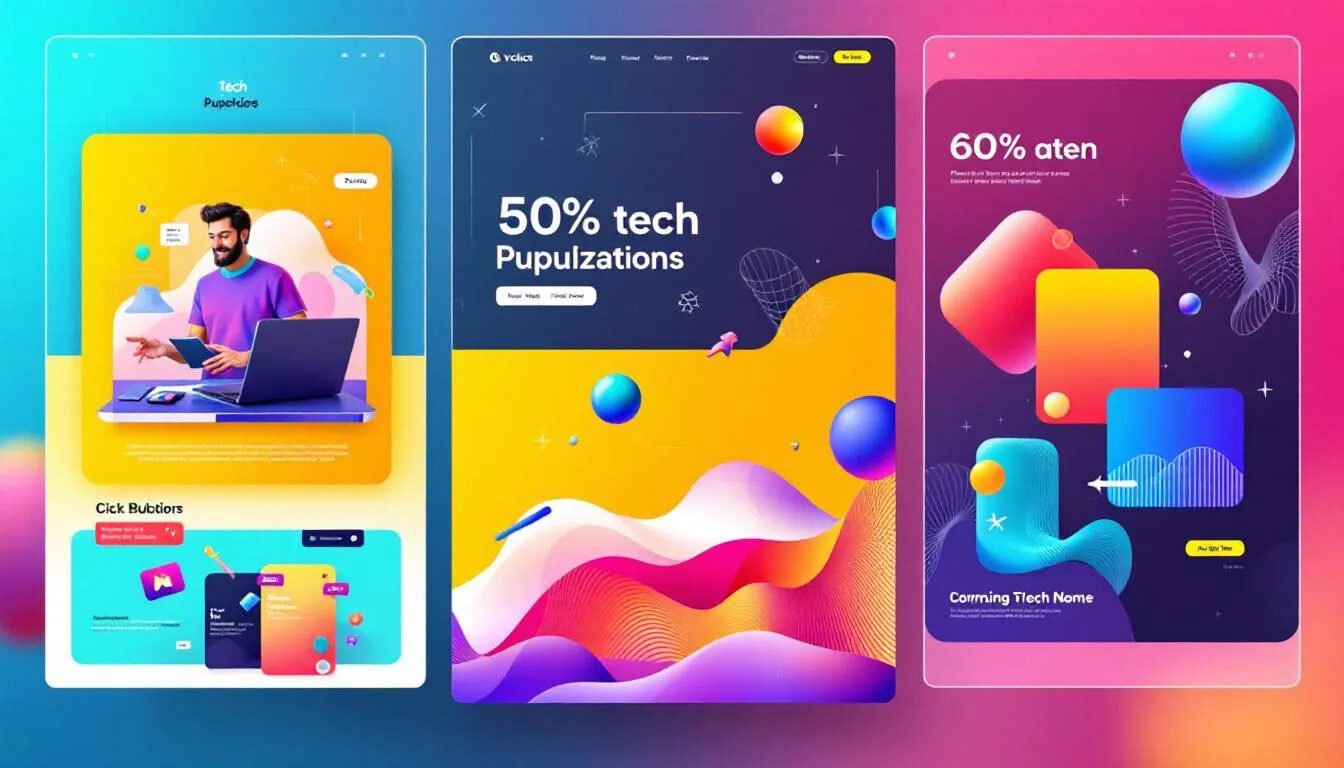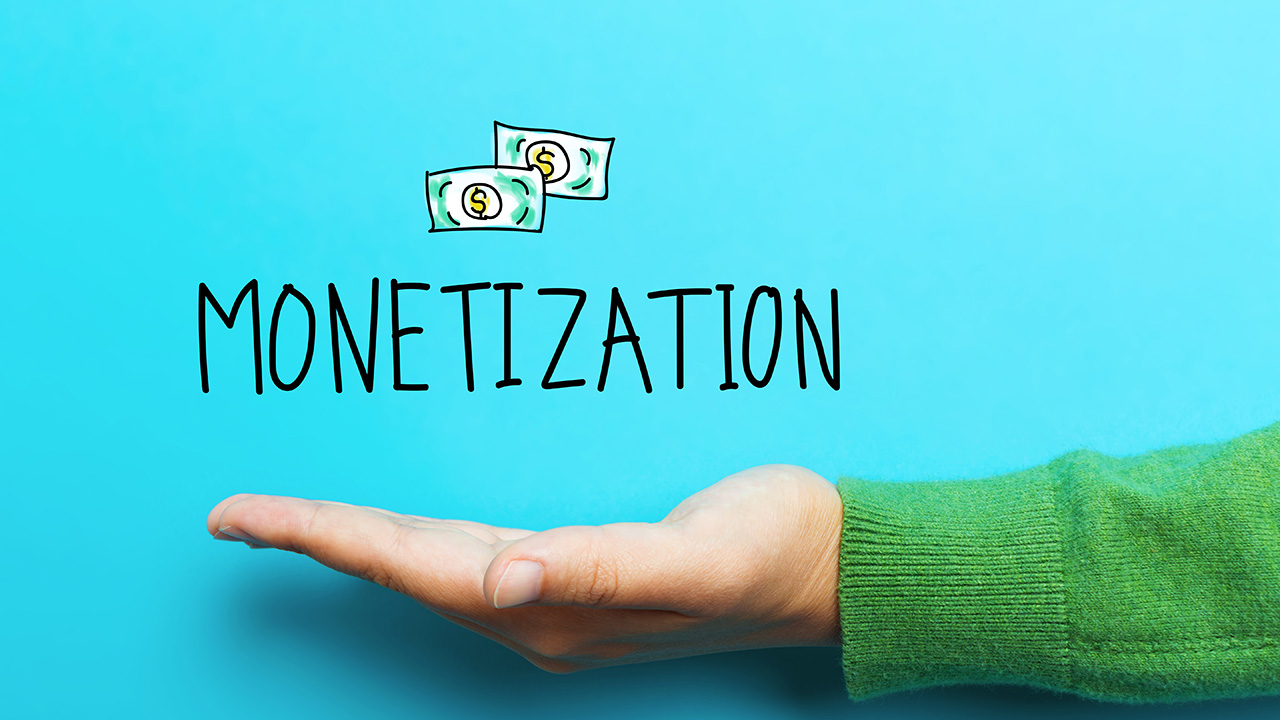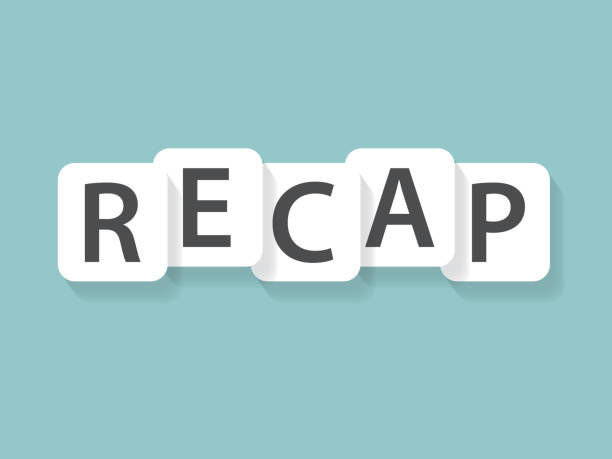
How to effectively use Facebook Ads + email
Facebook: Love it or hate it, it’s arguably the leader in the social media world.
However, for small businesses and brands, the constant algorithm changes and reduced efficiency of organic reach can make Facebook a challenging medium for their social media marketing efforts. So how best to tackle this media giant? Is it worth the “pay-to-play” model, or should brands look to other platforms for promotion?
We’d argue that with a small investment, Facebook can have huge returns for even the smallest of businesses.
And while many business owners and marketers may raise hackles at the idea of paying for distribution, Amy Porterfield, strategist and co-author of the book Facebook Marketing All-In-One for Dummies, says we all need to have a major mindset shift.
“People don’t like Facebook right now. Facebook isn’t free anymore and it changes all the time,” says Porterfield. “Gone are the days when you could post on your page without a strategy. But we need a mindset shift. If you start to look at Facebook differently, you’ll make big strides. I challenge you to have a mindset shift that Facebook is now an investment, and if you’re open to Facebook ads in a new way, you’ll get excited about what you can do.”
Let’s take a look at Porterfield’s personal Facebook ad strategy that she says generates at least $1,000 per every $200 Facebook ad spend.
Gain engagement
“Here’s how the Facebook algorithm actually works,” says Porterfield. “If you’re not in the news feed, people aren’t seeing your posts.” Porterfield suggests posting to Facebook two to five times a day; however you can post more or less depending on whether your audience is engaging with them. “It’s not how often you’re posting; it’s what people are doing with your posts.”
Only about 1-2 percent of Facebook page fans see your posts and only a few of those may actually engage. So how do you make sure your posts are seen?
How does Facebook determine engagement? Likes, comments, shares, and clicks.
The more engagement you get on your posts, the more likely they’ll appear in the newsfeed. Porterfield emphasizes that in order to gain engagement, you need to post more native posts that your fans and followers can relate to. Posts that are “all about you” won’t garner many clicks, Porterfield states. “Know your audience’s trigger points, let them behind the scenes.”
Have a strategy
Here’s Porterfield’s strategy for a creating a successful Facebook ad + email campaign:
- Create an irresistible giveaway or offer. The giveaway should be whatever your audience will love and will work for your business. In her example, Porterfield uses a 60-minute live webinar.
- Create an opt-in/lead page. LeadPages is a great option to create compelling opt-in pages.
- Set up a targeted Facebook Ad for that giveaway.
- Deliver the goods, aka the offer. Porterfield suggests teaching a lot for free and selling a little. She gives a live 60-minute webinar for free, and then plugs a $97 item at the end of her webinar. “I definitely sell because I’ve earned it,” says Porterfield, “but you also have to give your audience what they want.”
- Follow up with a series of emails. “Deliver the giveaway and use email marketing to seal the deal.”
Use Facebook graph search
It’s important to know where your audience spends time on Facebook. Porterfield suggests using the Facebook Search function to find the pages that your audience members like and engage with. How? Simply type in the search box, “Pages liked by [your business name or competitor here] fans” — or — “Pages liked by people who like [your biz name here or competitor business name here] — or — “Favorite interests of people who like…” This will give you similar pages, competitors, and interests of your fans or people you’d like to target. You can use this valuable information later when creating a Facebook Ad.
Create Facebook Ads
Porterfield highly suggests creating Facebook Ads because everything is clickable and customizable, and you can control the call-to-action. Your ad should promote your giveaway, then link to an opt-in form and/or lead page, which will grow and build your email list in the process.
Pro tips:
- Images tell a story — be sure to use a hi-res photo or graphic in your ad, and stick to the Facebook recommended sizing and text limitations.
- When choosing placement options for your ad, only place it in the news feed.
- Under “Interests,” you want to type in all of those pages and interests you looked up while conducting a search (see above). Your ad will then target fans that like similar pages to your own or your competitors’ pages.
- Target your ad to 175 thousand to 1 million people. “If you’re a local business,” says Porterfield, “[wide-spread reach] is not going to happen, so don’t worry about it.”
Porterfield’s guidelines for what to expect to spend on a $97 Facebook ad:
1) From fan to lead: $1-$5.
2) From non-fan to lead: $3-$8 — “It’s cheaper to advertise to your own fan base,” Porterfield says.
3) From lead to customer: $10-$30. Example: $200 on ads = 10 sales = $20/customer.
4) Daily spend: $50 ($10 a day is an option).
Follow up with email
Porterfield strongly suggests “sealing the deal” with email. After you’ve created your Facebook Ad, gained sign-ups/opt-ins, and delivered your giveaway, don’t stop there! Follow up with emails thanking attendees or signups, and other emails. Porterfield says after a webinar, she emails attendees or signups as many as five times after the webinar has happened (but no more than once a week). She sends two emails with a replay of the webinar, a “last chance” email to view the webinar before she takes it off of her website, and another if the recipient hasn’t responded or purchased.
Whether you’re a social media expert or just learning the basics, there are many levels of investment your business can choose to get started.
Get Started on Facebook Advertising
Editor’s note: This blog post was originally published in March 2014 and has been revamped and updated for accuracy and relevance.
© 2017 – 2018, Contributing Author. All rights reserved.
 DOWNLOAD FREE EBOOK
DOWNLOAD FREE EBOOK 


